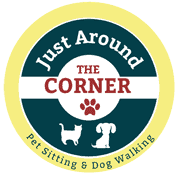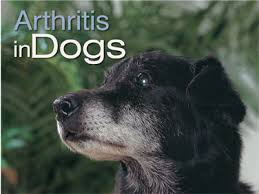A common assumption exists that only old dogs show signs of arthritis. That is completely false. In fact, research indicates that sixty-five percent of dogs over the age of six may show signs. Arthritis is the result of the breakdown of cartilage. When this happens, the bones rub together thereby resulting in swelling and pain in the joints. Pain syndromes can affect not only the physical aspect of a dog’s life but unfortunately, also affects him psychologically. However, you are not rendered completely helpless as your dog suffers. That’s right, there are some preventative measures that will make him more comfortable and improve the quality of his life.
First of all, consider your dog’s diet. What are you currently feeding your dog? A high quality diet is non-negotiable! A high quality, grain-free diet is the crucial and if you can swing it, home cooked meals are even better as then you will be in complete control of what goes into your dog’s body. However, not everyone is ready to dive into providing home cooked meals. Just do your research with commercial foods. Aside from being grain free, the food you feed your dog should be only include ingredients made for human consumption. Speak directly with your vet, if you’re not sure how to read a dog food label. Additionally, there are some foods that will aggravate your dog’s condition and cause inflammation. Grains, potatoes, peppers, eggplant and tomatoes should be avoided if your dog shows any signs of arthritis. Alternatively, feel free to give your dog parsley, garlic, mango, papaya, alfalfa, ginger and celery as they are among the foods that may be helpful to dogs with arthritis.
Next, consider the amount and duration of exercise your dog is getting. Exercise is required to keep your dog at a healthy weight as well as, limber and free from stiffness but it is suggested that small bouts of exercise 3 times a day are best. Too much of a good thing in this case really will be bad for your dog. Also, think about what exercise your dog is doing. Think low-impact and easy on the joints!
Finally, make your dog comfortable around the home. He should be able to easily navigate the home. Doggie stairs and ramps will keep your dog from jumping unnecessarily. Again, low impact all the way. Also, where does your dog sleep? Go the extra mile and provide your best fur pal with an orthopedic bed. This will reduce pressure on the joints and allow your dog to receive the best night’s sleep. Many of you allow your dog to sleep with you. I’m thinking if you’re comfortable on your mattress, your dog will be too!! A soft, warm bed will not only reduce pressure but keeping him warm will alleviate stiffness and pain associated with arthritis.
If your dog begins to show signs of arthritis, seek immediate medical attention. As with any other condition, prompt treatment will provide the best outcome and eliminate unnecessary suffering. Keep in mind that you really need to know your dog’s habits and personality as dogs are really great at masking signs of pain. Your dog will continue to run and play, especially if it is to please you and may not self monitor to give himself a break when needed.


Recent Comments